As an Amazon Associate I earn from qualifying purchases.
Risotto is a classic Italian rice dish, as versatile as it is delicious. Here’s a dozen risotto recipes to help you make perfect risotto every time, with whatever you have on hand.
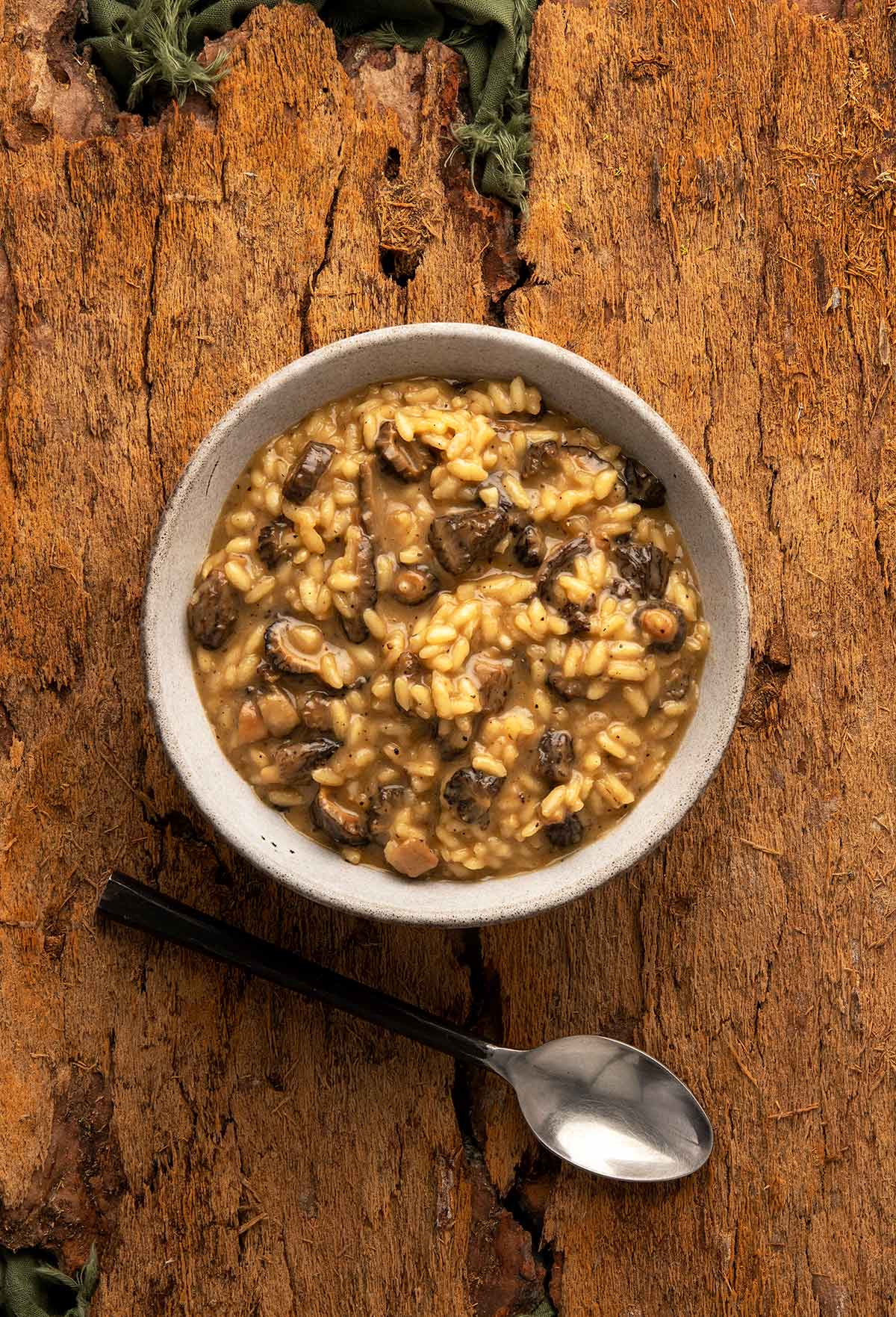
Find It Fast
Key Pointers
A few pointers that are universal to all risotto recipes:
- You must have risotto rice. Risotto recipes don’t work with long-grain rice, nor will they with sushi rice. It’s because of the special starch that short-grain rices have. Many varieties exist, but the three most common are Arborio, carnaroli and vialone nano. You can also use Spanish bomba rice. The exception here is my barley risotto.
- There is no cream in risotto. Risotto is creamy because of the constant stirring, which sloughs off that starch in the rice, and creates a creamy sauce.
- Good risotto recipes are all’onda, which means they are soupy, like Chinese congee. You serve risotto in a bowl.
- Most risotto recipes have cheese, but not all. Most rely on good stock, but not all.
- The rice is the star. Keep additions to a minimum. It’s a rice dish that has things in it, not a dish of things with some rice. There’s a difference.
Arborio rice is in most supermarkets, either from Italy, or there is a Texas version that works well. You can buy vialone nano rice online or in specialty markets. I use this rice mostly for fish and seafood risotto.
Carnaroli rice is considered the Cadillac of risotto rices, and it’s sometimes in supermarkets. You can also buy carnaroli rice online.
Risotto needs to be stirred often to create that creamy consistency. It is also cooked in an open pot, and you add more water, stock or other liquid only after the previously added liquid has mostly boiled away.
Cheese or extra butter, or fresh greens or seafood, go in during the final few minutes — after the rice has cooked.
Finally, you want your rice al dente, which is to say fully cooked, but firm and not mushy.
« Back to TopFish and Seafood Risotto Recipes
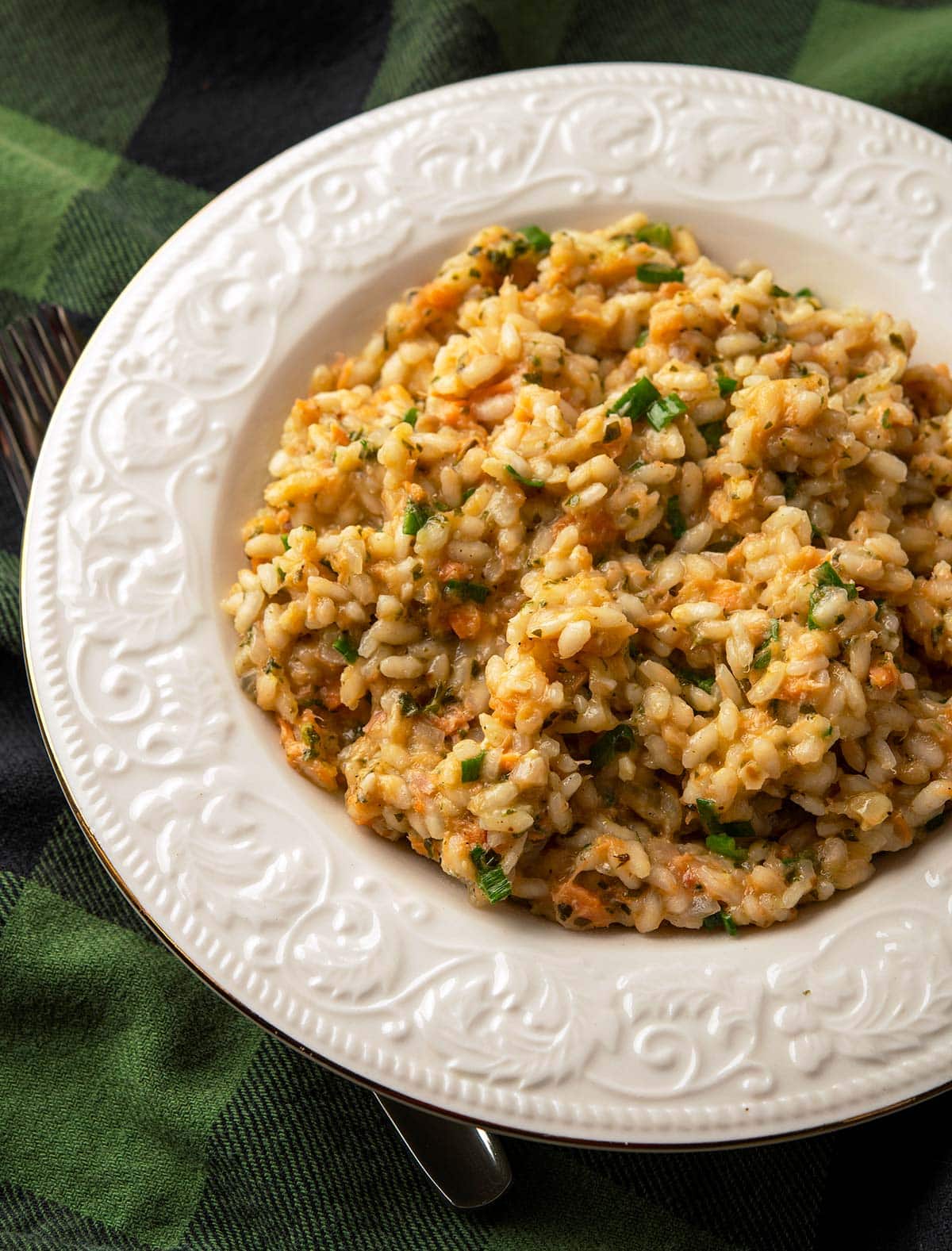
Salmon Risotto. Not an ancient risotto in Italy, but it is really good, especially when made with a fresh salmon stock and meat flaked off the bones. Frugal, nose to tail goodness. Trout works perfectly in this recipe, too.
Salmon Risotto
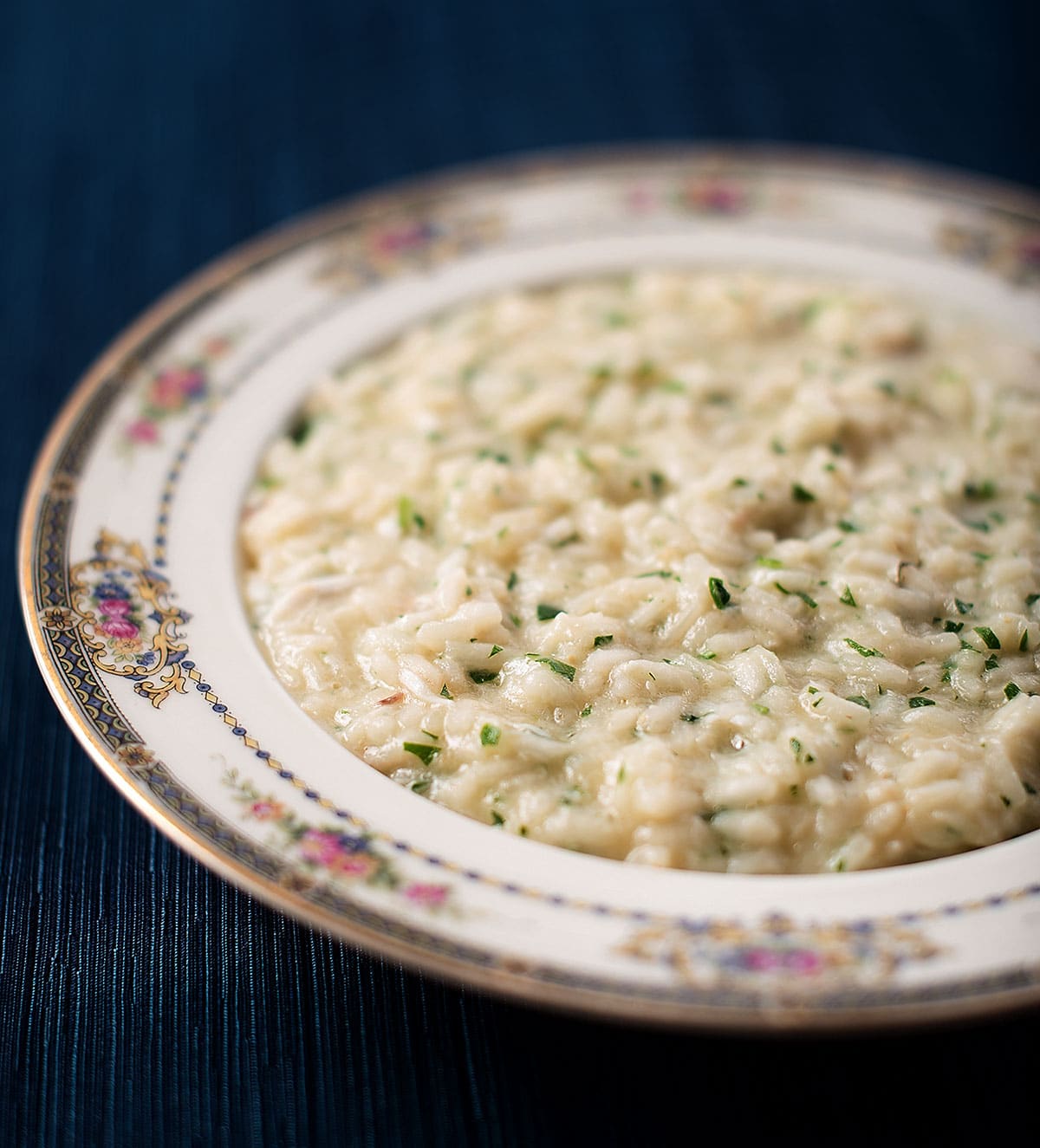
Venetian Fish Risotto. This one is an old Italian recipe, based on risotto di go, a lush, rich fish risotto that really benefits from a fresh fish stock. Make this risotto when you’ve caught some nice, lean fish like walleye, snapper, Pacific rockfish, black seabass or flounder.
Fish Risotto

Shrimp Risotto. Risotto with shrimp is common in Italy, and I love making it in springtime, with fresh peas and a touch of saffron. And like the other risottos, shrimp risotto is better with homemade shrimp stock.
Shrimp Risotto
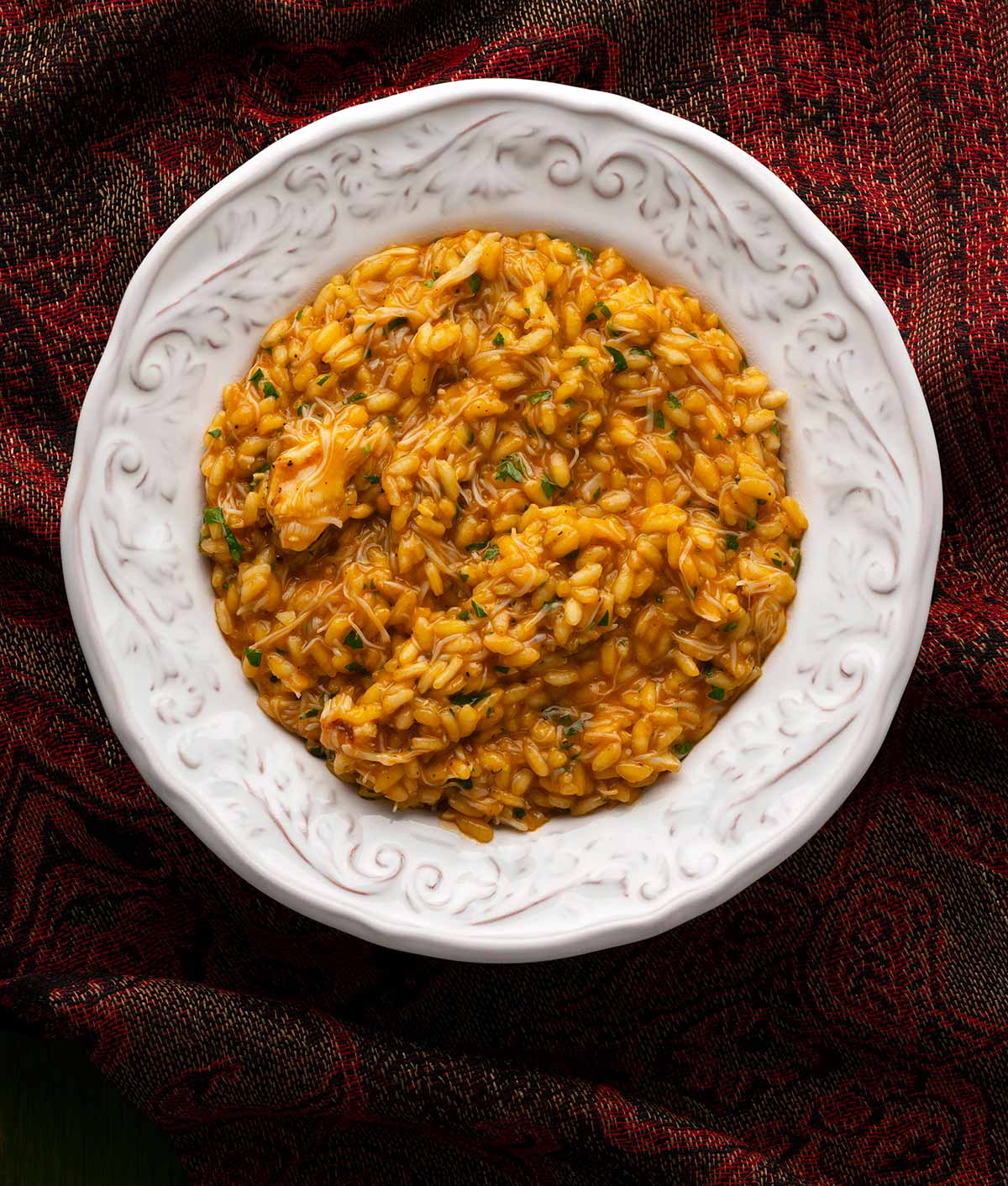
Crab or Lobster Risotto. This risotto recipe is a richer, darker one that uses tomato and crab stock. Any sort of crab works here, as do crawfish tails. Diced lobster meat is a good choice, too.
Crab Risotto
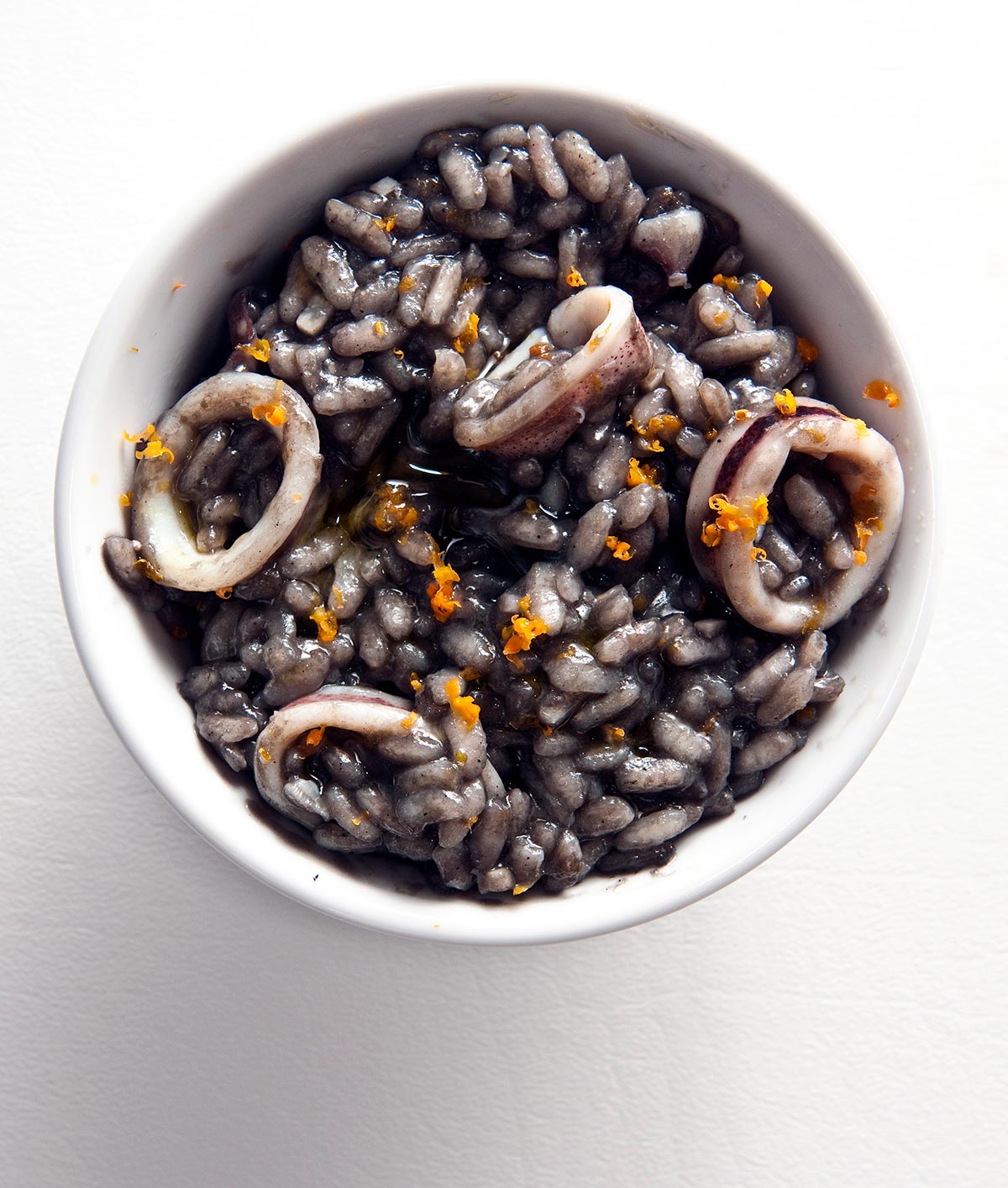
Squid Ink Risotto. This one exists in Italy, and is made extra dramatic with lots of squid ink, which you can buy in Italian specialty markets or online. This is a risotto tailor made for Vialone nano rice.
Squid Ink Risotto
Mushroom Risottos
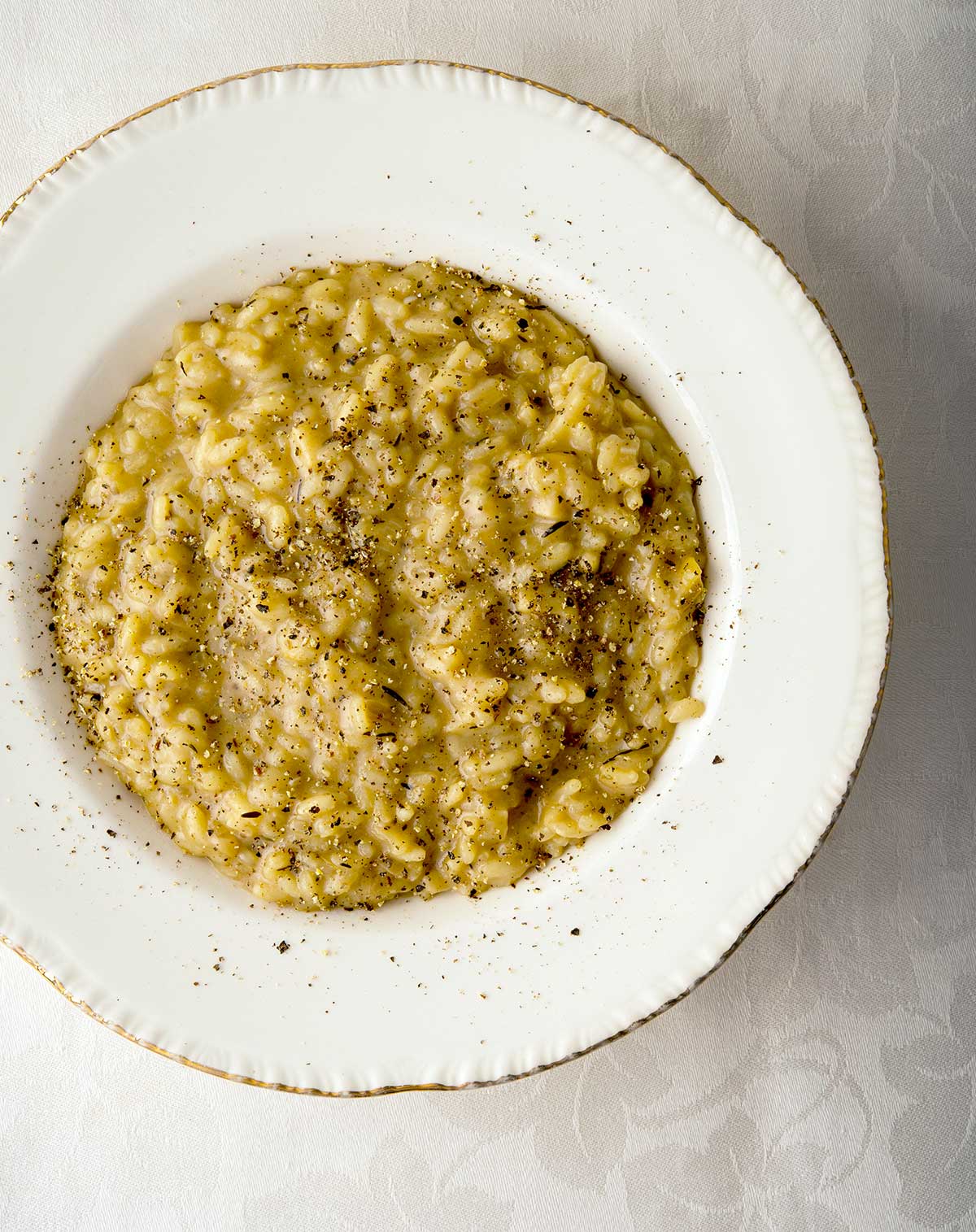
Porcini Risotto. The king of all mushrooms deserves to be first among mushroom risotto recipes. Porcini, fresh or dried, with the soaking water if you’re using dried, plus, if you have it, a little porcini powder.
Porcini Risotto
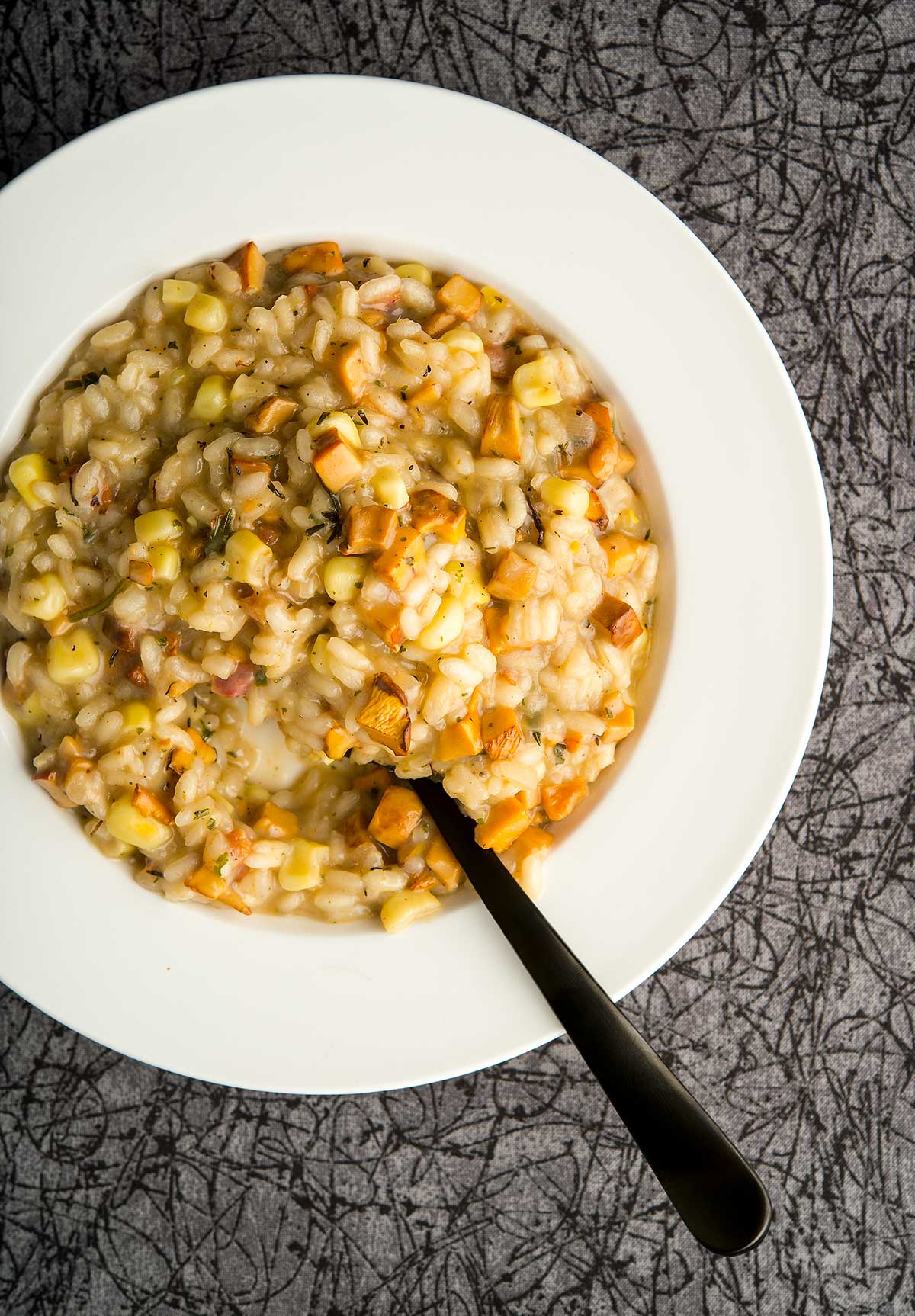
Chanterelle Risotto with fresh corn. This is more of a summertime risotto, since chanties pop in the summer for most of the United States. If you’re in the Pacific Northwest, where chanterelles don’t show up until winter, use frozen corn.
Chanterelle Risotto
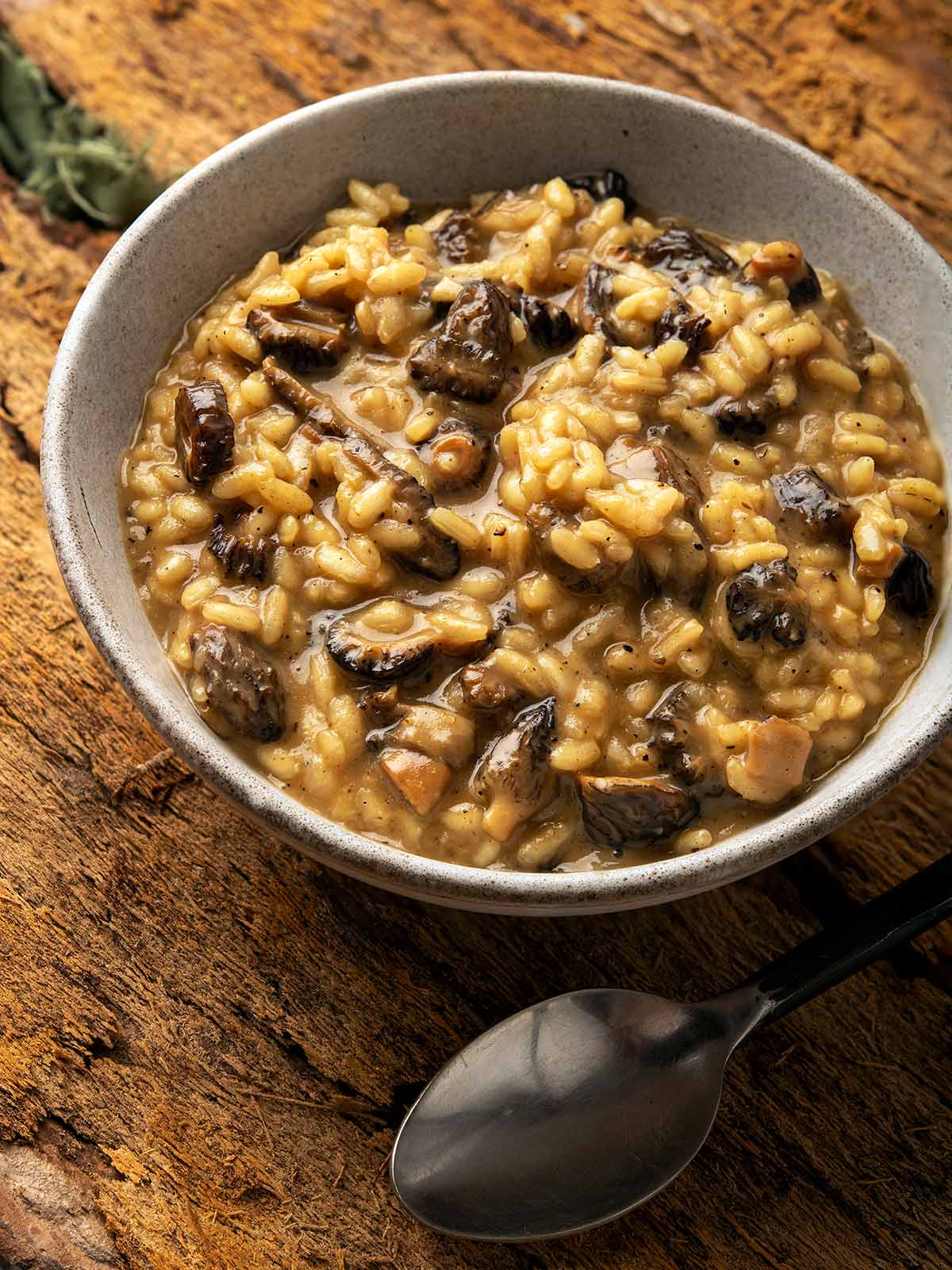
Morel Risotto. This is the King of Spring, and is an awesome way to eat morel mushrooms. Like the porcini risotto, this is every bit as good with dried morels.
Morel Mushroom Risotto
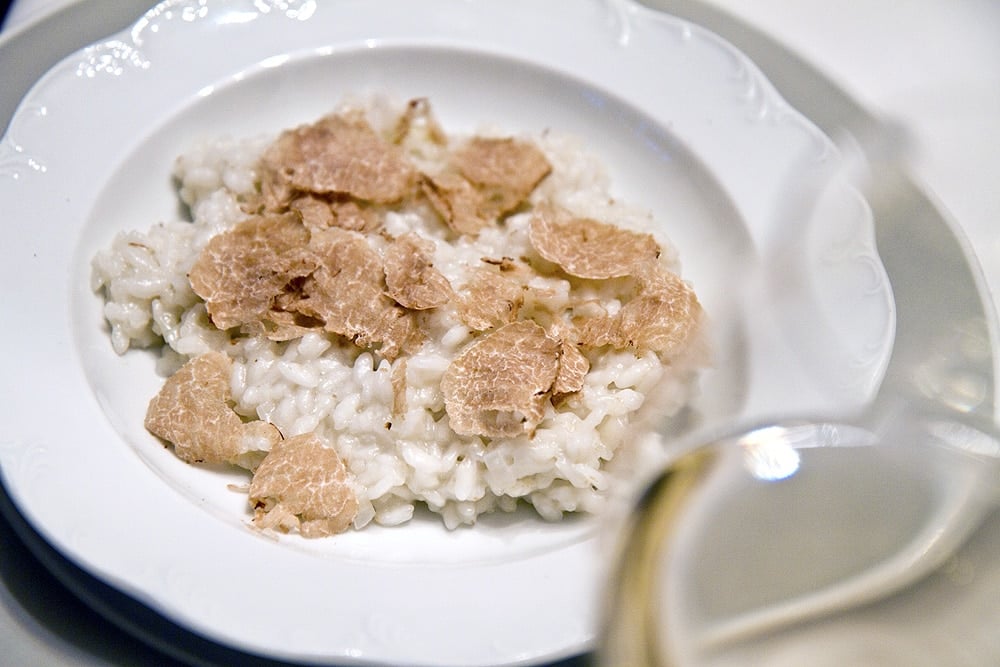
White Truffle Risotto. If by chance you ever find yourself with white truffles, from Italy, France or Oregon, make this risotto. One secret? Use real truffle oil, not the synthetic stuff. This is what I use.
Truffle Risotto
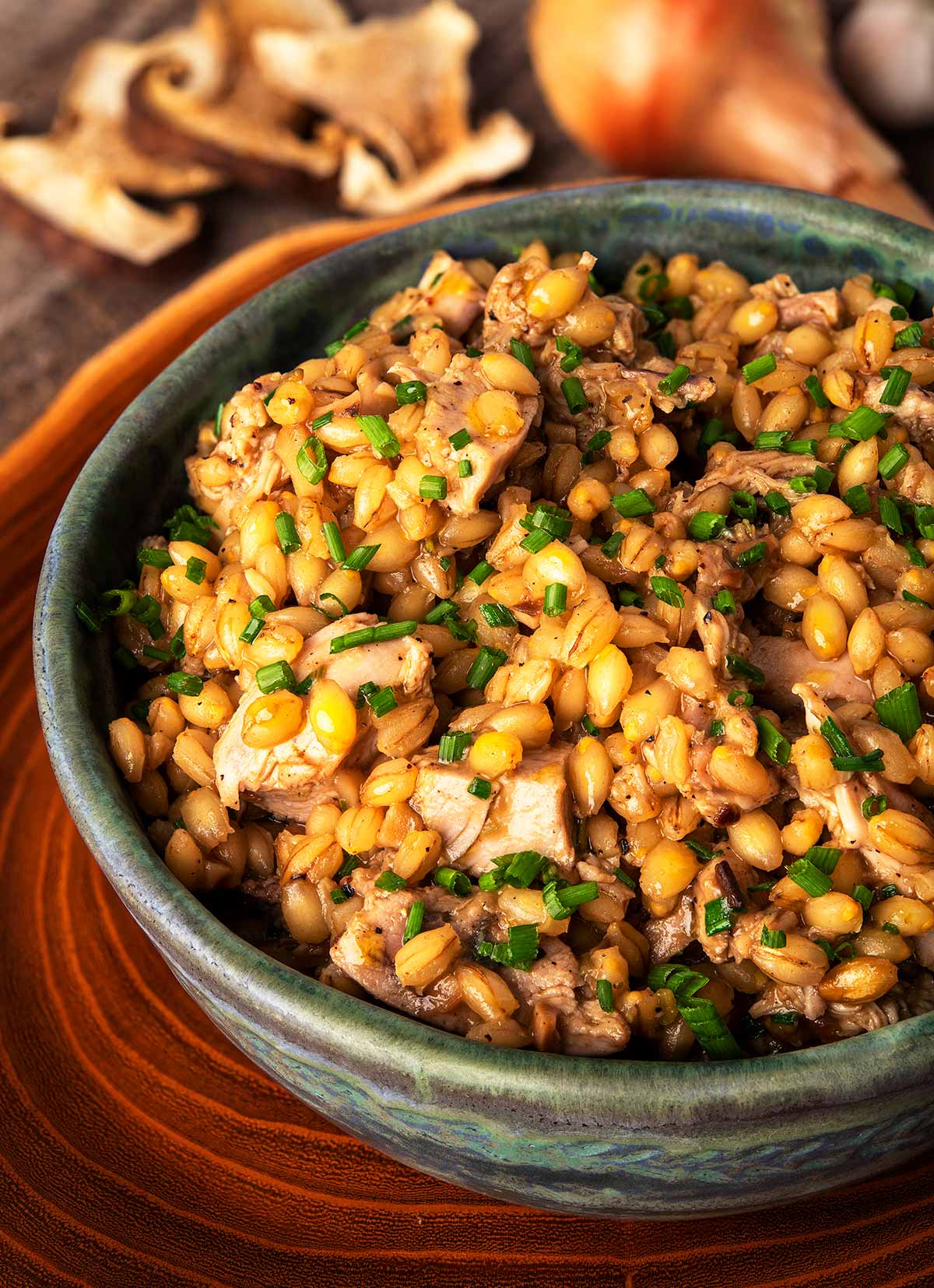
Barley Risotto – my exception to the rule that you must use risotto rice. Barley predates the appearance of rice in Italy by many thousands of years, and thick porridges of barley date back to ancient Rome. This version uses porcini and spruce grouse, though any mushroom and white meat will do.
Barley Risotto
Vegetable Risottos

Nettle Risotto. Use this as a stand-in for any fresh, tender, leafy green, from nettles of course, to lambsquarters, amaranth greens, spinach, chard or something similar.
Nettle Risotto
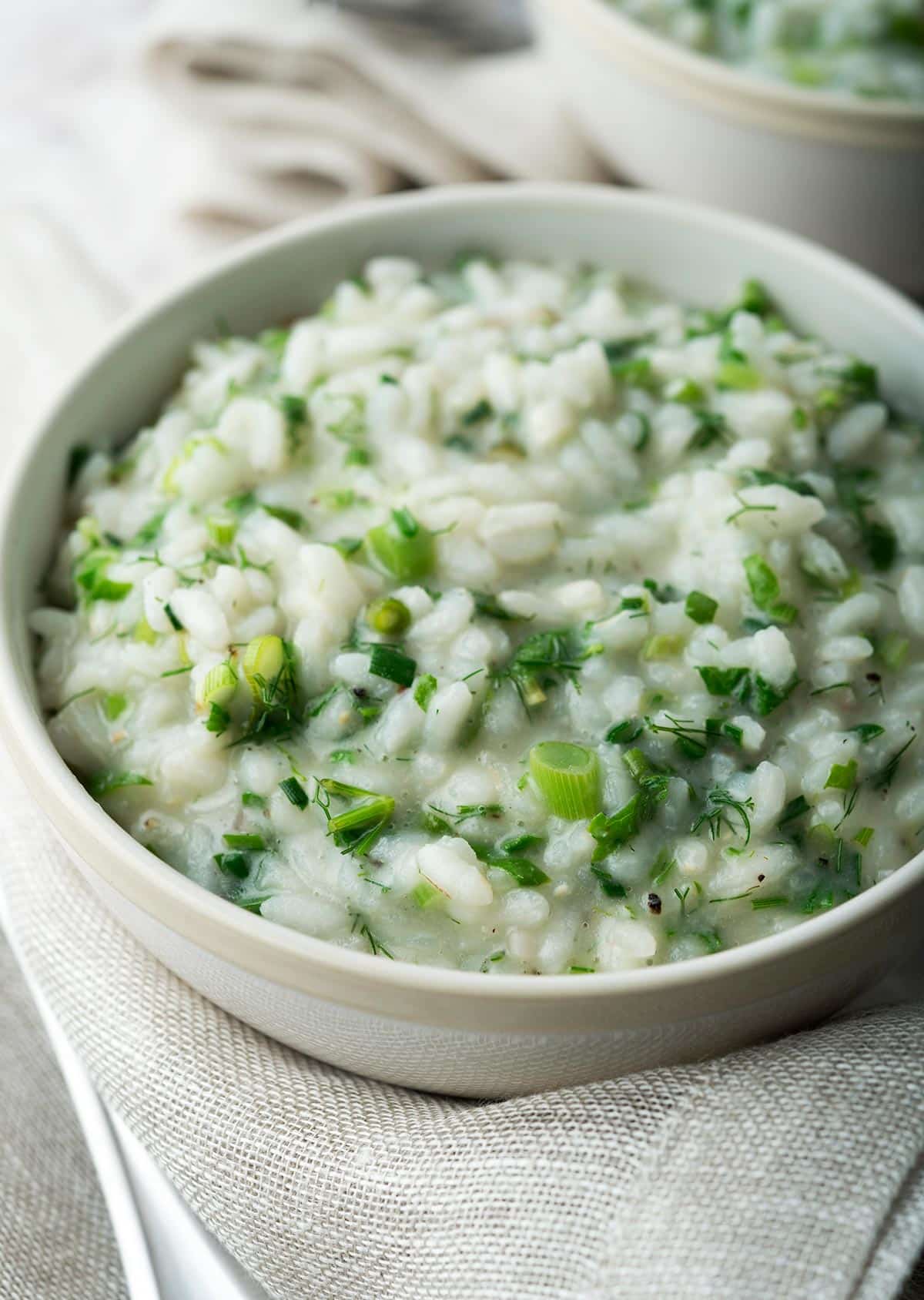
Ramp Risotto, or risotto made with any green allium, like chives, green onions, green garlic, or any variety of wild onion — even lawn onions. Taste like spring in a bowl!
Ramp Risotto
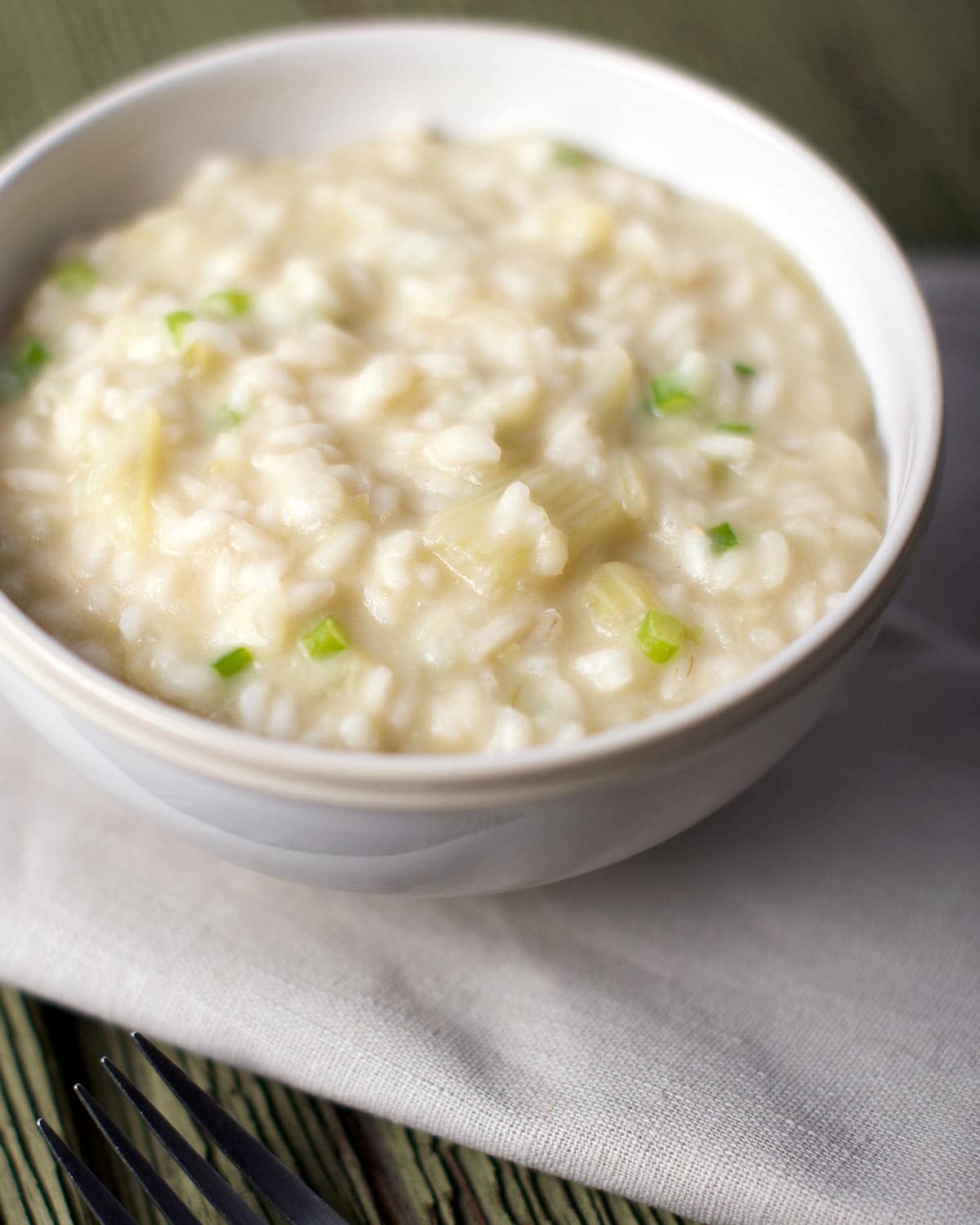
Cardoon Risotto. Esoteric, I know, but in winter, when cardoons are at their least bitter, this is a wonderful way to enjoy them on a cold, rainy night. Here’s more about both growing and cooking cardoons.
Cardoon Risotto
Frequently Asked Questions
Absolutely. Risotto relies on amylopectin, a starch that will slough off when agitated, creating a creamy sauce without cream. Long grain rices don’t have this. And Asian short-grain rices cannot absorb the amount of liquid that risotto rices can, so they will not be as flavorful.
Trick question: none. Risotto doesn’t have cream in it. Cheese and butter, yes, but not cream. You get that consistency from the stirring.
Yes, because this helps the grains stay separate, even in a soupy risotto. If you didn’t do the sauté step, the rice can clump together.
People disagree on this one. Some say you can, but not a single Italian cook I have ever worked with would think about doing that. You always add liquid bit by bit, stirring almost constantly, until the rice is done. This makes sense because you can control how soupy the risotto is this way, and you can adjust things like salt level on the fly. If you had dumped in a quart of beef broth, for example, you might not need that much, and it might make the risotto too salty.
Kinda. While it’s not necessary to stir risotto the entire time it’s cooking, the best risotto is stirred every couple minutes. That is what creates the saucy consistency. What’s more, you never want the bottom of the pot to burn, and stirring prevents that.
You do you, but those of us who make a lot of risotto don’t do that. Risotto is a rice dish, with accents. Too many ingredients muddy that up.
The restaurant trick is to make your risotto about 80 percent of the way — you need experience to know where this point is, but generally it’s when the rice is edible but not really done. Then, let it stand in the pot off the heat until about 10 minutes before you need to serve. Then restart the risotto and finish it with more liquid, the cheese and butter. In the case of seafood, this is when you toss it in.

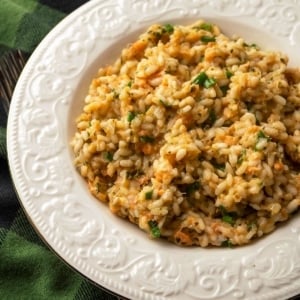
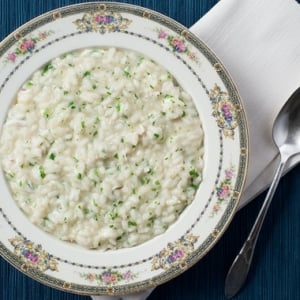
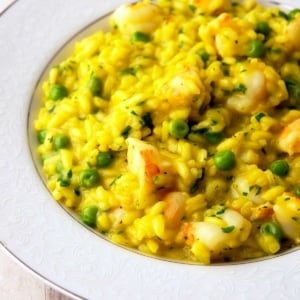
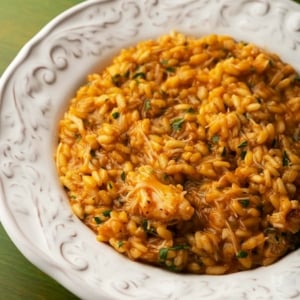
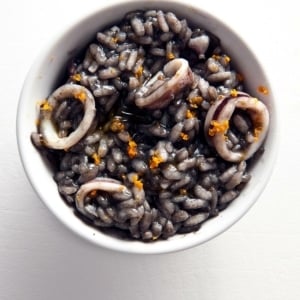
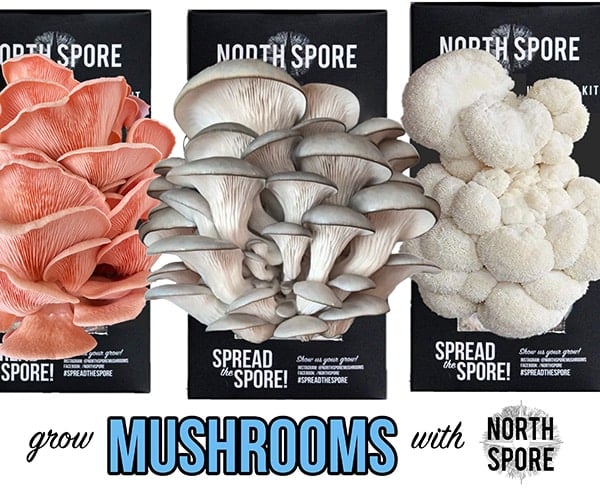
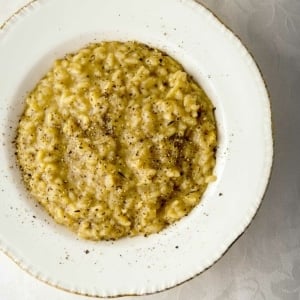
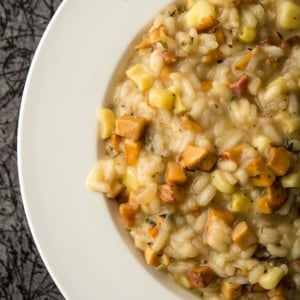
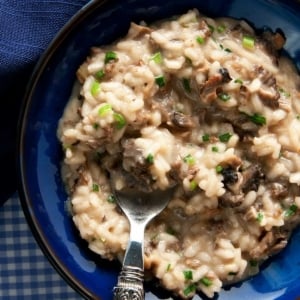
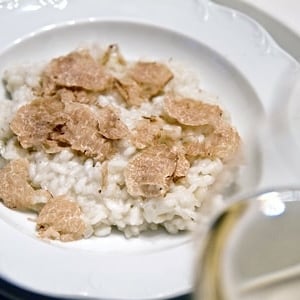
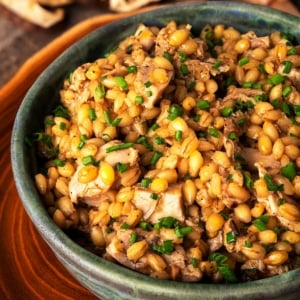

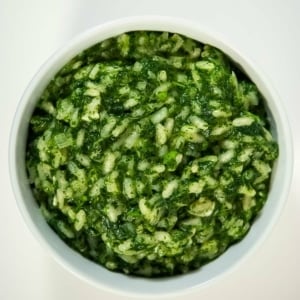
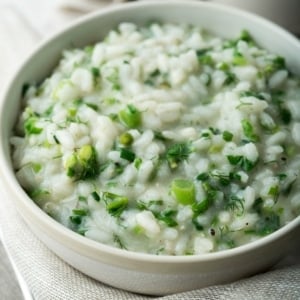
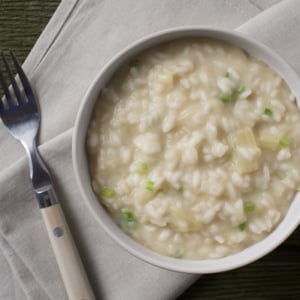

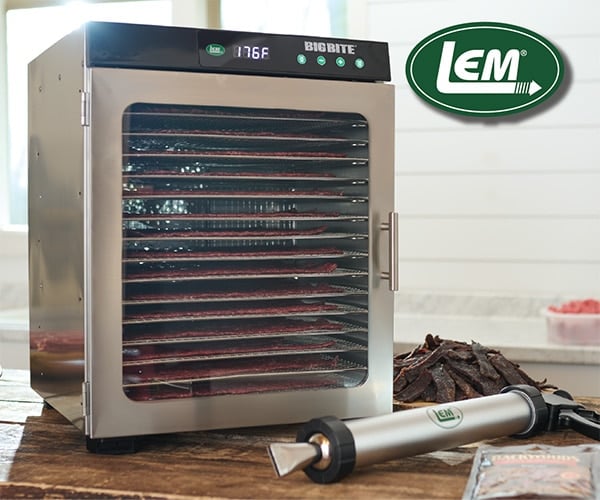
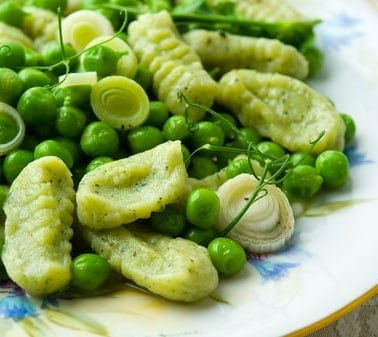
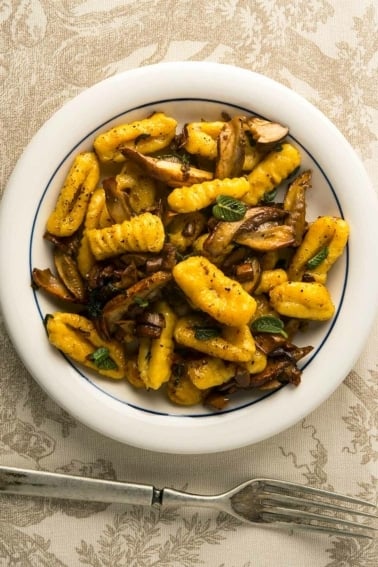
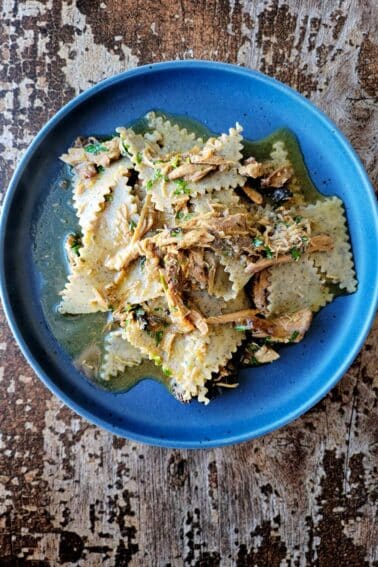
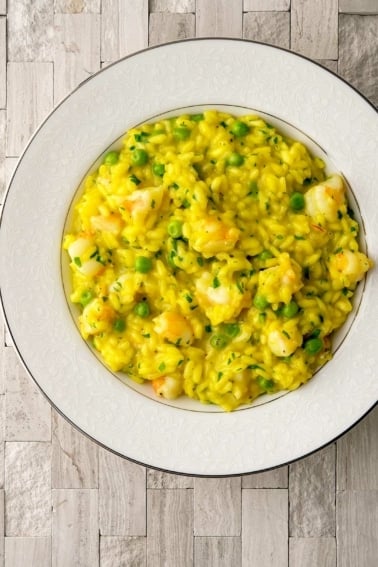
Hi. You said sushi rice doesn’t work for risotto. Can you explain why you said this? Sushi rice makes a fine risotto in my experience and it is a short grain rice with plenty of starch.
R: Because it cannot absorb nearly the amount of liquid that risotto rice can. Many sushi rice varieties will be fully cooked with slightly more than a 1:1 ratio of rice to liquid. Risotto rices often can absorb liquid 4:1. What this does is add an enormous amount of flavor to the risotto. Also, the starch composition is different. Can you make something like a risotto with sushi rice? Yes, especially when compared to, say, basmati. But it’s a poor substitute.
I found a Chanterelle spot last year during archery season (it was a warm October here in North Texas). I’m planning on checking during this summer and if they are there again I will be making that chanterelle risotto.
Thank you for another great idea!
I cannot wait to try some of the mushroom and vegetable risottos. I have made risotto before and been fairly happy with it, but I had not clue that the rice or the greater frequency of stirring was so important. Thank you!